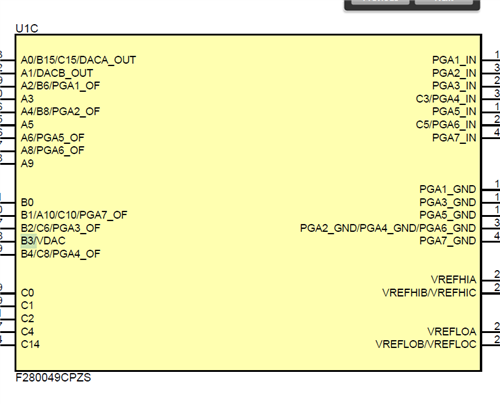Other Parts Discussed in Thread: TMDSCNCD280049C, C2000WARE
Hi there,
i am new to TI development kits, i got TMDXDOCK280049M and i want to create sine wave with that kit but i dont know where to start.
there is a quick guide for it?
i didnt find any examples projects for that kit.
Best Regards
Michael







